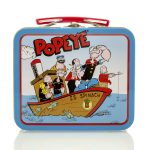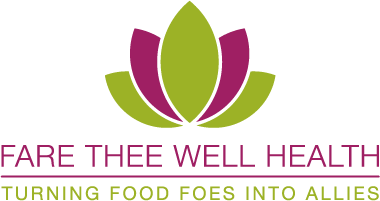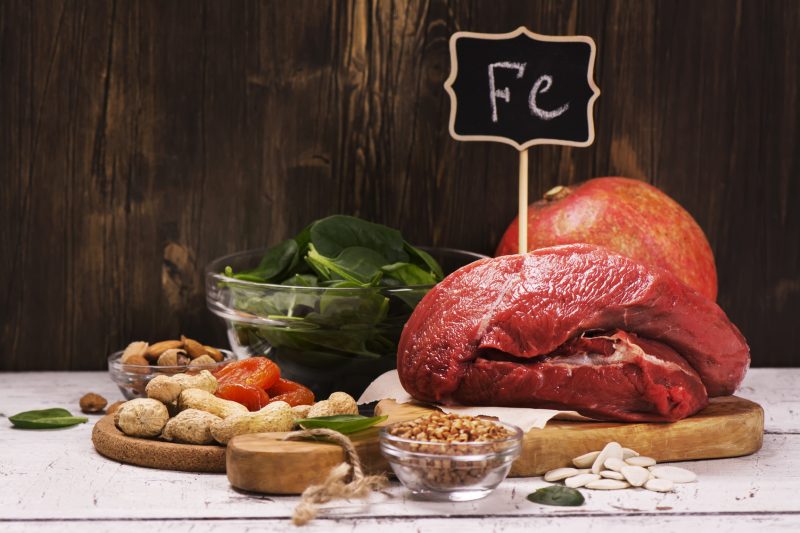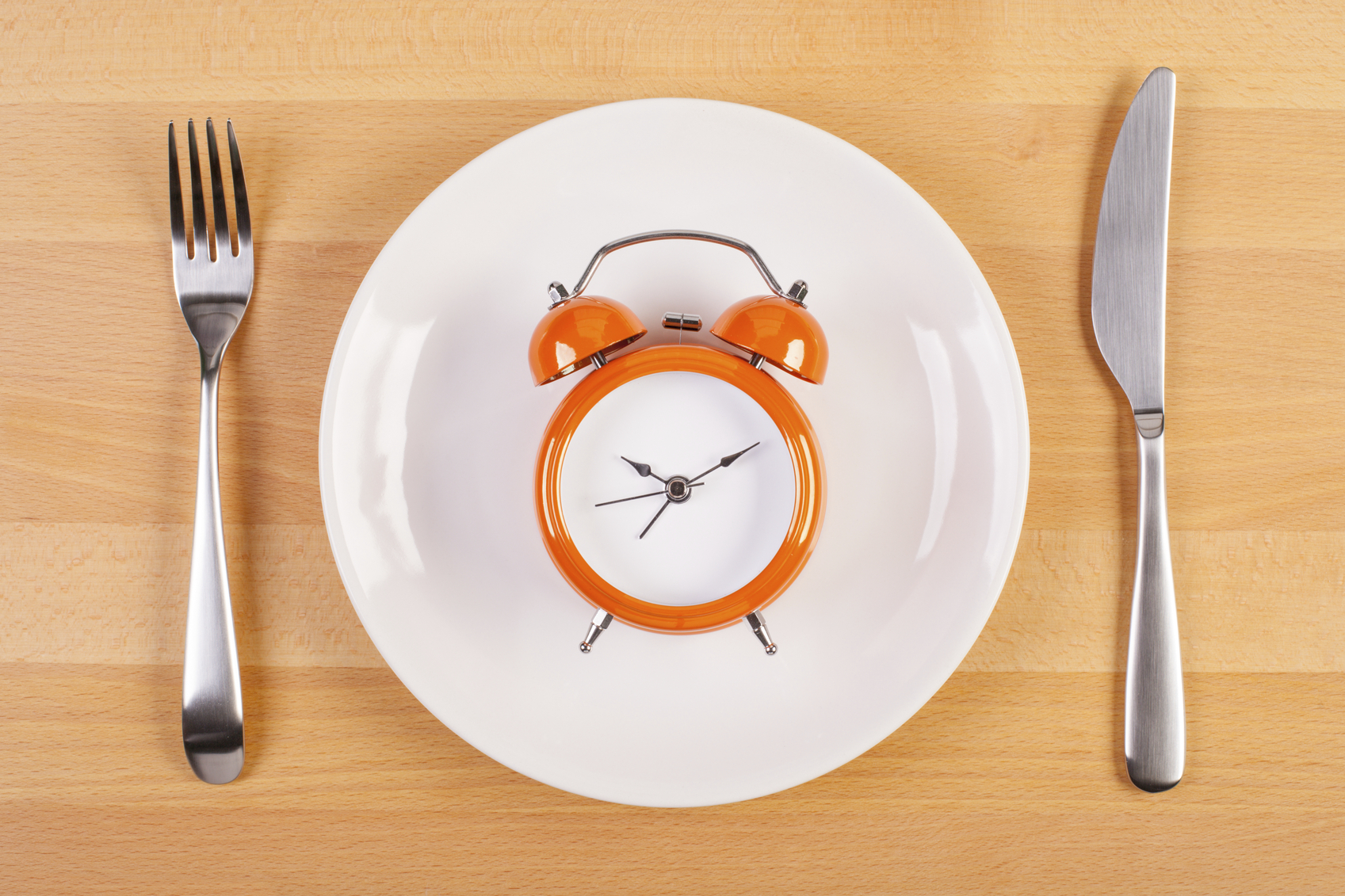Is Your Diet Anemic?
You Might Be Surprised
By Julie Williamson
Six weeks ago, blood tests recently revealed some interesting results: I’m anemic. This news should come as little surprise, really. I’m not an enthusiastic carnivore. I was a vegetarian during college and maintained that status for nearly three years, until I became miserably anemic and could barely drag my 20-something butt across campus. Clearly, I wasn’t practicing healthy, balanced vegetarianism. In all honesty, I wasn’t even eating many veggies, which made the “vegetarian” label downright misleading, if not laughable. Bread, cheese, fruit, and the random salad with little more than lettuce and a couple slices of cucumber and carrots — not to mention, a near daily dose of Raisinets — were, I’m ashamed to admit, my dietary staples.
I’m not a vegetarian today, but I’m still not naturally drawn to meat. I do eat chicken, turkey and salmon, but I rarely crave it and don’t consume much – and I rarely eat beef, even the grass-fed variety, partly because I’ve never cared for the taste but, mostly, because beef is a Level 2 allergy. I still make bone broth (chicken and turkey, mostly) and enjoy it relatively regularly, but for some odd reason, I stopped eating it daily like I’d grown accustomed to in the not-so-distant past. I do eat plenty of veggie-filled salads these days, though. I also pulverize rainbow-colored produce in my Vitamix and regularly enjoy ripe berries and almond butter-dipped tart apples, and I treat myself almost every day to a bowlful of organic air-popped corn with olive oil and sea salt. I had been eating pasture-raised eggs scrambled in ghee (clarified butter) about every other day, but stopped when my latest allergy test revealed my previously mild allergy to eggs and dairy had now jumped to level 3 status (argh!!!). I shrugged it off, though, dropped both from my diet and moved on.
What could go wrong? Well, plenty, it seems.
For weeks (maybe even months, if I’m to be entirely honest), I was so exhausted that it was a struggle to make it through my busy workdays. Unable to give in to the exhaustion, I’d plow ahead and guzzle robustly caffeinated breakfast teas and home-brewed kombucha from morning to late afternoon to help me tackle my deadlines and other professional and personal tasks. By 8 p.m., I’d be so drained, it felt like my feet were in concrete as I trudged upstairs toward the bedroom. Although I could barely keep my eyes open once I hit the hay, a creepy, crawly sensation invaded my shins and calves (Restless Leg Syndrome is no joke!) and my hips ached deeply when I’d attempt to rest on my side. When I’d wake in the morning, I was still tired and my joints were stiff and painful. I swear, there were mornings when I actually creaked like an old, groaning barn door with rusty hinges. My headaches increased, along with their severity, and my mental state also shifted. Although I wasn’t outright depressed or anxious, I was feeling what I would call “flat.” I chalked it up to the exhaustion. The icing on the cake? The annoying whooshing sound and what sounded like a heartbeat in my ears whenever I’d bend over.
At the request of my doctor, I had blood panels done and quickly learned my red blood cell count, hemoglobin and iron levels had all tanked well below the “normal” range. On a side note, my B12 level came back normal, which was surprisingly good news since I have two identical copies of the MTHFR gene mutation, which ups my risk for B12 and folate deficiency – a condition that can also be a contributing factor to anemia (so my vitamin supplementation must be adequate! Cheers to THAT!). So what exactly is anemia? Red blood cells carry hemoglobin, an iron-rich protein that attaches to oxygen in the lungs are delivers it to tissue throughout the body. Anemia sets in when there aren’t enough red blood cells or when red blood cells don’t function properly (a hemoglobin value less than 135 gm/dl in men or less than 12.0 gm/dl in women indicates anemia).
My “prescription” to counter the anemia: changing my diet to include more high-quality protein and iron. Grass-fed beef patties were the first thing I added to my menu (although I could only eat them twice a week because of my allergies). For in-between days, chicken and turkey breasts made their way into the rotation, and beans became a high-protein, high-iron staple. Leafy greens also stayed on my plate (and in my juice glass), but I had to get used to the fact that they weren’t doing as much to counter my anemia as I’d hoped. See, iron falls into two categories: heme (found in animal sources) and non heme (plant-based foods) – the latter of which is not absorbed by the body as easily as animal-based foods. This, experts say, could explain why vegetarians may have lower iron stores than meat eaters.
I’m still not a meat lover, but I have to admit, I’m loving the way I’m feeling since adding more to my diet. Really, it’s a night and day difference. In fact, I noticed a major improvement in my energy and stamina after just three or four days. Less than two weeks in to this new-and-improved diet, the creepy crawlies in my legs all but went away and even the headaches improved dramatically. At my current six-week mark, I’ve noticed even more positive changes: my nails and hair appear healthier, and my skin even looks fresher and more alive (I hadn’t even noticed they were suffering until I saw the improvements in the mirror). SCORE!
If you’ve been feeling a little less than energetic (or downright weak/exhausted like I was), or if you have any of the other symptoms I’ve mentioned in this article or listed on the previous page, it might be time to take a good, hard and honest look at your diet and, ideally, have some bloodwork done to check for anemia. While you’re at it, it’s also wise to check your iron and B-vitamin levels; iron is the most common cause of anemia, but certainly not the only one. Anemia is the most common blood disorder in the U.S., but it’s oft-overlooked. Thankfully, once it’s discovered, it’s often very easily treated. ![]()
PACK A PUNCH! TOP IRON FOOD SOURCES

Popeye had it right when he ate spinach to gain strength and pummel Bluto; the dark green plant has plenty of iron. What the Sailor Man didn’t seem to realize, though, is that iron from plant-based sources is harder to absorb than from animal-based foods, so he probably should have asked his burger-loving pal, Wimpy, to share a beef patty or two. Here are some of the top foods to give you your recommended daily dose*:
Heme food sources (animal-based)
- Liver; 15.2 mg iron/3 oz. serving
- Fish/shellfish (oysters, clams, mussels); 3.5 mg iron/3 oz. serving
- Red meat (stick with grass-fed varieties, whenever possible – it’s healthier); 2.1 mg iron/3 oz. serving
- Turkey; roughly 2.1 mg iron/3 oz. serving
- Chicken, pork, fish (halibut, perch, salmon, tuna), veal; roughly 0.7 mg/3 oz. serving
- Liver pate; 0.7 mg/1 T. (13 grams)
- Eggs (chicken); 0.6 mg/1 large egg
Non-heme food sources (plant-based)
- Tofu; 3.5 mg or more per ½ c.
- Pumpkin, sesame or squash seeds; 3.5 mg or more/1 oz.
- Beans; 2.1 to 3.5 mg per 1/2 c. serving
- Dried fruit (raisins, apricots, prunes, figs); 0.7-2.1 mg per 1/2 c. serving (Note: Avoid dried fruit if you’re sensitive to sulfites.)
- Baked potato; 2.1 mg/medium potato
- Broccoli; 2.1 mg/medium stalk
- Wheat germ; 2.1 mg per ¼ c.
- Green leafy vegetables (e.g., Spinach, kale); 0.7 mg or more/1 c.
- Nuts and seeds; 0.7 mg/1 oz.
- Rice; 0.7 mg/1 c.
* For optimal nutrition and sources of iron, consume ample animal- and plant-based foods. Men and non-menstruating women should aim for 10 mg of iron daily; menstruating or nursing women should get 15 mg; and pregnant women need roughly 30 mg daily.







